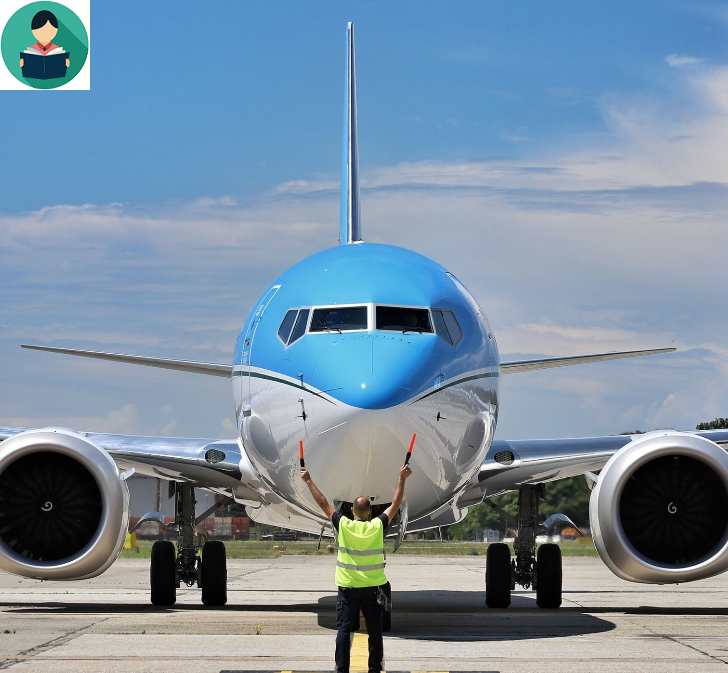We believe that some of you were wondering how pilots recognize where to park the aircraft at the airport. We can give you an answer!
People, who are responsible for directing aircraft in the right position, are called marshallers. They do so by applying marshalling signals. With the help of these gestures, they can do their job without any faults.
Body signals help to communicate with the pilot visually without saying a word. Therefore, marshalling is an alternative to a radio communication.
The main guidelines to marshallers are to stand in a prominent area and do not endanger aircraft. They may not combine additional hand or arm gestures and to go backwards during the performance.
What Does an Aircraft Marshaller Do?
The duties of an aircraft marshaller focus on guiding planes at an airport. In this job, you signal the pilots in an airplane, directing them to a gate and positioning the airplane so it can connect to an air bridge or ramp. You may also drive a vehicle to lead the plane to the gate or out to the runway. Marshaling involves communicating with air traffic control and relaying information to pilots via visual signals. It is your job to ensure that the taxiway and runway are clear. As an aircraft marshaller, you may also perform safety inspections, including Foreign Object Debris (FOD) inspections.
How to Become an Aircraft Marshaller
The qualifications that you need to become an aircraft marshaller include a high school diploma, specialized training, and the ability to work outdoors in regional weather conditions. Some employers hire applicants who learned marshaling skills in the military. You can also learn airport ground operations through training courses from the IATA or other industry organizations. You gain experience by working in an entry-level position as a member of the ground crew. Since the gate and runway are secure areas of an airport, you need to pass a background check and gain clearance.
Things you should know if you want to be an aircraft marshaller
There are aircraft marshallers simply because pilots can’t see the parking line from the cockpit
Marshallers use universal body signals to communicate with the pilot and give them precise directions to stop the aircraft. Marshallers also need to keep the taxiway and the plane’s parking spot free from “foreign object damage,” such as plastic bags and little screws, at all times. Things get more difficult during conditions with low visibility, like heavy rains or hazy weather.
Things are more complicated than just waving paddles, and involving many parties
For each landing, an airport traffic controller will communicate with the pilot with regard to the direction where the airplane can touch down. The pilot will then coordinate with an aircraft maintenance technician who will pass along landing and parking information to a marshaller, who is responsible for giving the marshalling signals for the pilot to see.
You need more than an academic degree
A diploma qualification is a minimum requirement for all applicants. However, in the process of becoming a professional marshaller, you will also need to take a Human Factors course to learn about the limitations of the human body—like how many hours of sleep you need per night before coming to work—a general familiarization course that teaches you about each type of airplane and, most importantly, a marshalling training program where you learn all the marshalling signals based on the International Civil Aviation Organization standard.
You can only direct five planes into a parking point each day
This measure has been calculated based on Human Factor science. The job is divided into two shifts: a day shift that runs between 06:00 to 19:00 and a night shift that runs from 18:00 to 07:00. An aircraft marshaller usually works 13 hours a day on either shift, with several breaks in between. Every four consecutive working days will be followed by four days off in a row.
Aircraft marshallers wear a special kind of super-sturdy shoes
You need four main safety tools to keep yourself from harm: a pair of earmuffs to reduce the noise of airplane’s engines, safety shoes with toe caps made of metal (to keep your feet safe regardless of what runs over them), a neon-colored safety vest jacket to make you visually visible to pilots and a pair of LED signal wands for marshallers who work at the night shift. Day-shift marshallers use marshalling bats.
